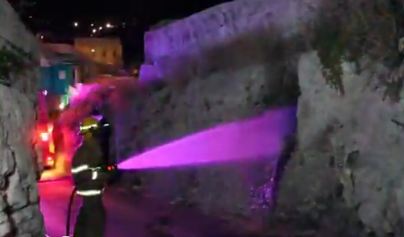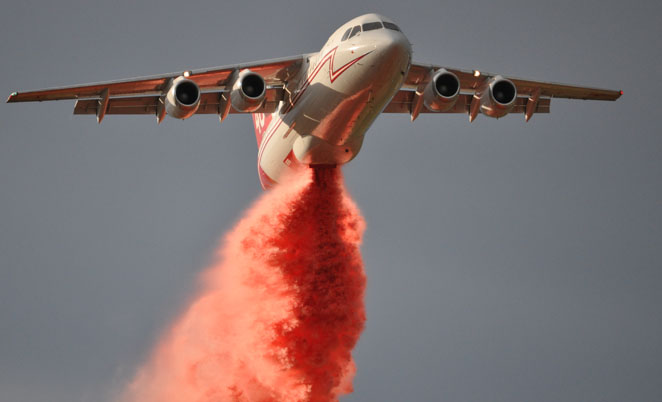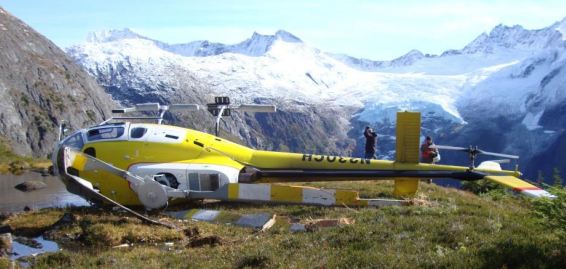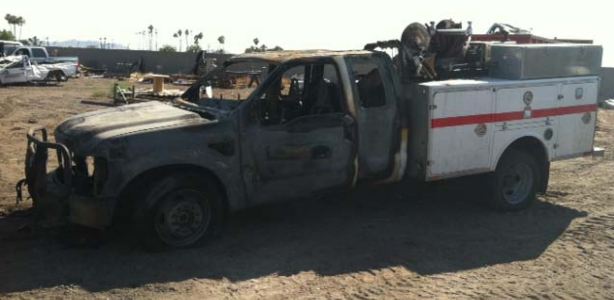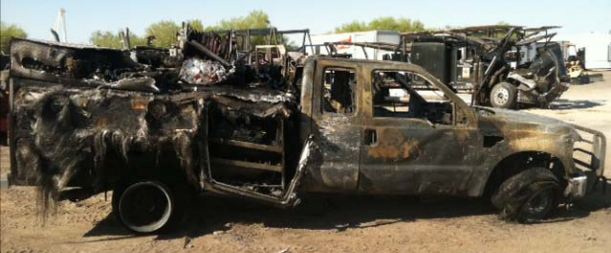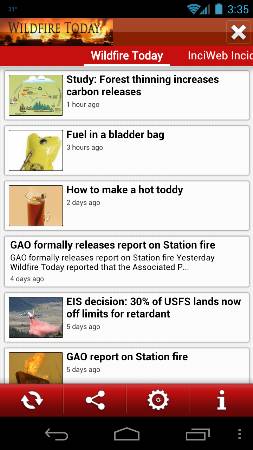Texas drought has killed 10% of trees
The drought that has been affecting Texas for the last one to two years has killed approximately 10% of the trees in the state according to the Texas Forest Service, and of course has also contributed to the extremely busy fire seasons firefighters have been struggling with. The 500,000,000 dead trees are in addition to the trees killed in the wildfires across the state. These are preliminary figures and the TFS plans to confirm them in the spring with a more detailed survey. Large numbers of tough native species have died, including cedar, cedar elm, post oaks and the loblolly pines of East Texas.
Records set in Texas, Arizona, and New Mexico
The drought was aggravated by record heat, with many locations across the Southern Plains setting records for the most 100-degree days. A record number of acres burned in Texas, while Arizona and New Mexico saw their largest fires on record, the Los Conchas fire in New Mexico and the Wallow fire in Arizona.
Colorado man faces sentencing and a civil suit for starting Crystal fire
Thomas Howie, the man who started the Crystal Fire west of Fort Collins Colorado in early April, 2011, will be sentenced February 10 for the fire that burned about 3,000 acres and destroyed 13 structures. After the November trial started, Howie surprisingly pleaded guilty to one count of arson after a day of testimony during which residents told how they came close to dying as they evacuated in front of the wind-driven fire.
Using a lighter and a can of gasoline, Howie ignited a fire in a brush pile on property that was co-owned by his father and three current and former National Football League players.

Some of the homeowners are suing Howie to recover their losses. In response to the suit, Howie’s lawyers have argued that “a downed power line” or “intervening negligence” of firefighters caused the fire.
His sentencing for the criminal charge could include two to six years in prison.
Wildfire Today reported on the fire April 3, on April 4, and on April 5.



